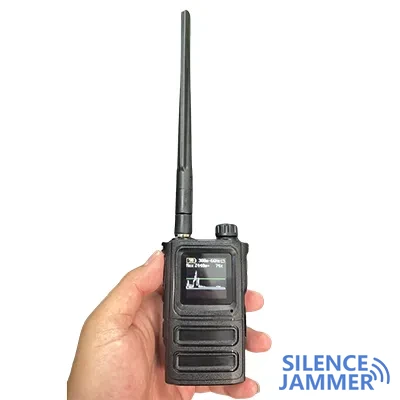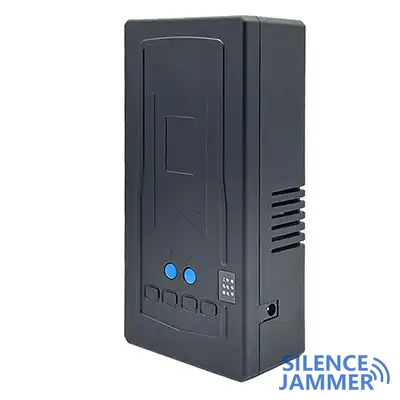In modern warfare, improvised explosive devices (IEDs) have become one of the most destructive weapons in armed conflicts. According to statistics in 2011, more than half of the casualties of NATO troops in Afghanistan were caused by IEDs, showing the serious threat of this weapon to military operations. This article will explore the importance of technology, tactics and intelligence collection to counter IEDs.This article will explore the importance of technology, tactics and intelligence collection to counter IEDs, and introduce two types of equipment to counter IEDs: radio signal jammers and scanners.
1. The Threat and Complexity of IEDs
IEDs are often designed to be extremely concealed and complex. According to Franco Fiore, a C-IED expert at NATO's C3 Agency (NC3A), these devices can be detonated by command, timer or trigger, and are often disguised as stones, car parts or everyday objects, making them difficult to detect. This flexible and changeable design makes IEDs extremely threatening in combat and poses a huge challenge to the safety of troops.

2. Application of advanced technologies: radio signal jammer device and scanners
In response to the threat of IEDs, NATO launched the Counter-Improvised Explosive Devices (C-IED) action plan in 2010, dedicated to improving the detection and neutralization capabilities of IEDs. NC3A has focused on developing several advanced technologies, including:
- IED Radio signal jammers: These devices are installed on military vehicles and can effectively interfere with the signals of enemy remote-controlled IEDs, making them unable to be detonated. IED radio jammers "deafen IEDs" by emitting a stronger signal than the enemy's transmitter.
- Scanners: The first scanner was deployed in Kabul in 2007, which can scan vehicles and personnel entering a specific area to detect explosives and other contraband. Currently, more than 20 scanners have been installed in Afghanistan, greatly improving on-site safety.
| Types of IED Radio jammers | |
| CREW Vehicle Receiver/Jammer (CVRJ) | A vehicle-mounted signal jammer that counters RF threats by jamming the transmitted RF signals. |
| IED Signal Jammer | A modular wireless communication jammer that can be installed on a vehicle or fixed location. It uses multiple transmission frequency bands and high transmission power to create a secure electronic shield around the vehicle. |
| Ultra Wide Band High Powered Electro Magnetics (UWB-HPEM) | A system that can either set off a sensor-triggered IED or prevent it from being remotely detonated. It can be loaded onto a vehicle to create an electromagnetic protection zone. |
3. Bomb disposal and disposal tasks
Faced with the greatest threat of IEDs, specialized explosive ordnance disposal (EOD) teams are tasked with dismantling and disposing of these devices. This is an extremely dangerous job that requires staff to have a high degree of professional skills and courage. The movie "The Hurt Locker" vividly demonstrates the huge risks and challenges faced by EOD experts in their daily tasks. Lieutenant Colonel Ron Capinella of CJTF Paladin said that the key to successfully dismantling IEDs is to identify and locate threats in a timely and accurate manner.
4. Intelligence Collection and Training
The strategy to deal with IED threats is not limited to the battlefield, but also includes financial strikes against manufacturers and their networks. Effective analysis and dissemination of IED-related intelligence can help develop targeted actions to lock in the perpetrators and bring them to justice. In this process, cooperation between financial experts and intelligence agencies is particularly important. By inspecting the dismantled IEDs and collecting fingerprints and electronic component information, important clues can be provided for further investigation.
C-IED training is an important part of NATO forces before deployment. This training not only helps soldiers update their knowledge and skills, but also enables them to adapt to local specific conditions. In the future, non-EOD forces will also receive similar training, focusing on the identification and handling of IEDs to ensure that they can take the right actions when facing IED threats.
As IEDs continue to evolve and innovate, strategies to combat this threat also need to be constantly updated and upgraded. Through the application of advanced technology sunch as radio signal jammer device and scanners, intelligence collection and analysis, and comprehensive training, the International Security Assistance Force is working to improve its survivability and combat capabilities in complex battlefield environments. In the face of the invisible bomb war, continuous innovation and cooperation are key to ensuring the safety of troops.




